This book presents the result of the work done by a team of Indian archaeologists in Bamiyan, Afghanistan, under a cultural agreement between the Indian and the Afghan governments, to help in the preservation of the disintegrating Buddhist monuments in that place. This systematic study with many illustrations surveys a broad range of aspects relating to preservation of the monuments. It begins with the history of Bamiyan and discusses the broad problems involved in the work of preserving ancient structures. Focusing on the big and small Buddha images and the caves in their vicinity and the many paintings found near the Buddha images and in the caves, it examines their present state of deterioration and recommends specific measures for their structural preservation touching upon restoring the caves and damaged images and drainage of water in the caves. It details general chemical treatment and preservation of the images, the paintings and chaityas (caves) to bring out their original character and restore them. It explains in detail the nature of archaeological restoration work that should be undertaken and presents an idea of the total cost that the project would incur. It also provides a glimpse of other archaeological sites nearby like the monuments at Ghazni and the Buddhist settlements at the Kakrak Valley and the Fauladi Valley, highlighting the work of archaeological missions from other countries there. It also informs about the work done by previous Indian archeological missions to Afghanistan. With many photographs of the monuments and caves at Bamiyan and of the nearby archaeological sites, the book will be invaluable to archaeologists and scholars associated with the study of archaeology who are keen to get a first-hand account of conservation and restoration of archaeological sites.
A Report on the Preservation of Buddhist Monuments at Bamiyan in Afghanistan
Add to favorites
Contents
$81.00
$90.00
In stock
Free & Quick Delivery Worldwide
All orders amounting to US$ 50 or more qualify for Free Delivery Worldwide. For orders less than US$ 50, we offer Standard Delivery at $14 per book.
ABOUT THE AUTHOR B B Lal
An archaeologist of international repute, Professor B.B. Lal was the Director General of the Archaeological Survey of India. His excavation at Kalibangan in Rajasthan has brought to light a prosperous city of the Harappan Civilization. The excavations at Hastinapura, Indraprastha, etc. have established that there was a kernel of truth in the Mahabharata, though the epic is full of interpolations. The excavations at Ayodhya, Sringaverapura, etc. have shown that the Ramayana too has a basis in history. In 1961, he conducted excavations in Egypt, which threw valuable light on Egyptian prehistory. He has published over 150 seminal research papers, variously in India, USA, UK, France, Italy, Egypt, Japan, etc. Amongst his recent books are: The Earliest Civilization of South Asia (1997); India 1947-97: New Light on the Indus Civilization (1998); The Sarasvati flows On: The Continuity of Indian Culture (2002); The Homeland of the Aryans: Evidence of Rigvedic Flora and Fauna and Archaeology (2005); Rama: His Historicity, Mandir and Setu (2008); How Deep are the Roots of Indian Civilization? Archaeology Answers (2009). In 1982, Mithila Visvavidyalaya conferred on Professor Lal the title of Mahamahopadhyaya. In 1994, he was awarded D. Litt. (Honoris causa) by Institute of Archaeology, St. Petersburg, Russia. The same year he was elected President of World Archaeological Congress. In 2000, the President of India honored him with Padma Bhusana.
ABOUT THE AUTHOR R. Sengupta
R. Sengupta received his M.Sc. (Physics with specialisation in Electronics) and Ph.D. (Electronics, Faculty of Science) from Ranchi University in 1976 and 1983 respectively. Concurrently, he served as a lecturer in Physics in Ranchi University (1976-86), teaching Physics and Electronics to UG students.
In 1986, he joined the Dept. of Electronics, Govt. of India, where he is at present as Joint Director, at Electronic Regional Test Laboratory, Mumbai. He is also head of the Centre for Electronic Interconnection at E.R.T.L, Mumbai, which is offering training, consultancy and advisory services to western/central Indian industries in the area of soldering technique and its allied subjects, since 1989. Till date. Dr. Sengupta and his team have trained more than 2000 personnel from about 225 industries, some including multinationals also.
Dr. Sengupta has provided consultancy and advisory services to various industries for the overall improvement in PCB assembly process, establishment of through hole and SMD PCB assembly lines, soldering, process defect(s) analysis, implementation of ESD control programme in an electronic manufacturing unit, formation/certification of PCB assembly repair centre, etc.
Dr. Sengupta is a Fellow of IETE (India), Members of IPC (USA) and SMT (USA). He has authored more than 50 technical papers. He is also a Guest Faculty in I.I.T., Mumbai in their M.Tech (Reliability Engineering Programme).
ABOUT THE AUTHOR S.P. Singh
Dr. S.P. Singh, obtained degrees of B.Sc. (Hons.) Ag. & A.H. and M.Sc. (Ag.) Horticulture from G.B. Pant University of Agriculture & Technology, Pantnagar (UP) India in 1964 and 1970 respectively. In the same University, he conducted research and imparted technical know-how on seed production technology in cereal and vegetable crops to the progressive farmers of Tarai region of western U.P. He was awarded Senior Research Fellowship by CSIR, New Delhi leading to Ph.D. degree in Horticulture at National Botanical Reserch Institute, Lucknow under Kanpur University, Kanpur (UP) in 1974-78. He joined Konkar Krishi Vidyapeeth, Dapoli, Ditt. Ratnagiri (MS) as Assistant Professor in 1978 and worked in the cadre of Associate Professor from January 1979 to Nov. 1983 in the same University. Presently Dr. Singh is serving as Associate Professor of Horticulture at Gujarat Agricultural University, Junagadh Campups, Junagadh since December, 1983. Dr. Singh has published more than 50 research papers and 65 semi-research articles in Horticulture. Dr. Singh is a life member of the Indian Journal of Plant Science Research and Indian Farmers’ Digest His main areas of interests are floriculture, olericulture and plantation crops. He is author of three more books, viz. 1. Mist propagation, 2. The Gliricidia, 3. Scientific Management of Arecanut Gardens.
reviews
0 in total
Review by Anonymous
A Report on the Preservation of Buddhist Monuments at Bamiyan in Afghanistan
Be the first to review “A Report on the Preservation of Buddhist Monuments at Bamiyan in Afghanistan” Cancel reply
You must be logged in to post a review.
Bibliographic information
Title
A Report on the Preservation of Buddhist Monuments at Bamiyan in Afghanistan
Author
Edition
1st ed.
Publisher
Islamic Wonders Bureau, 2008
ISBN
8187763663
Length
v+61p., 44p. of Plates; Illustrations; 28cm.
Subjects
tags
#Afghanistanmore by B B Lal see more
The Rigvedic People ‘Invaders’?/’Immigrants’? or Indigenous?: Evidence of Archaeology and Literature
For several decades it has ...
$90.00
$100.00
more by R. Sengupta see more
more by S.P. Singh see more
Environmental Changes in India
$73.80
$82.00
similar bookssee more
Art of Bengal: The Sculptures of the Mahananda-Karatoya Valley (Volume 1)
A noted exponent of ancient ...
$36.00
$40.00

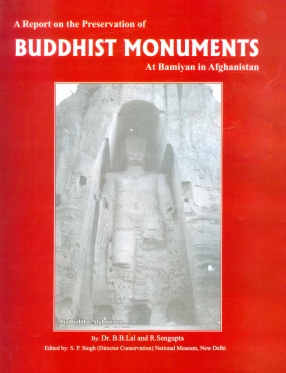
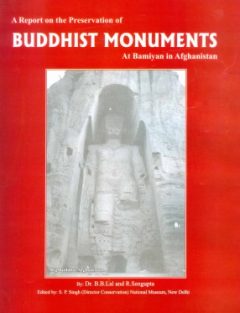
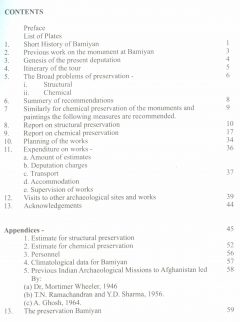
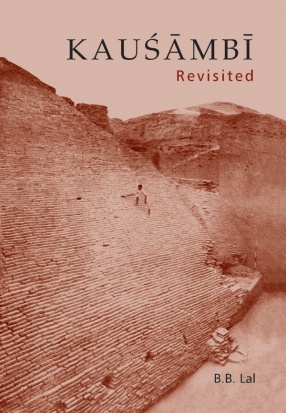
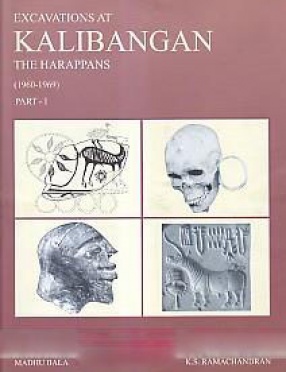
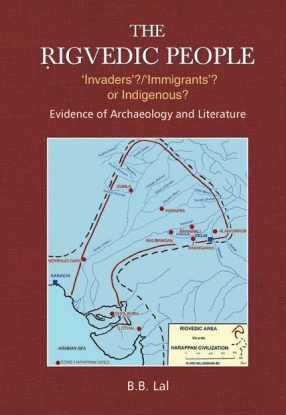
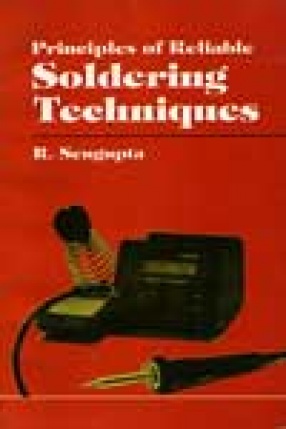
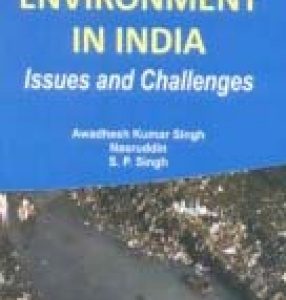
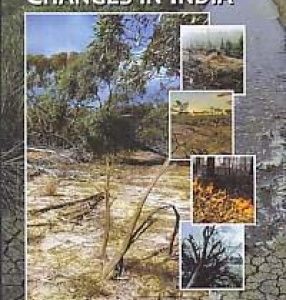
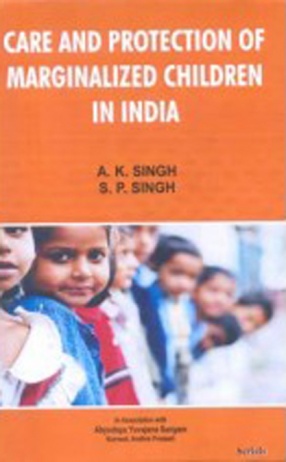
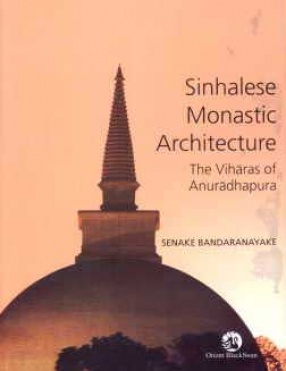
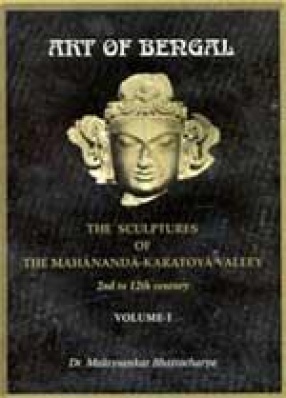
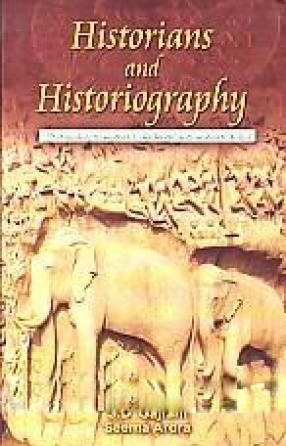
There are no reviews yet.